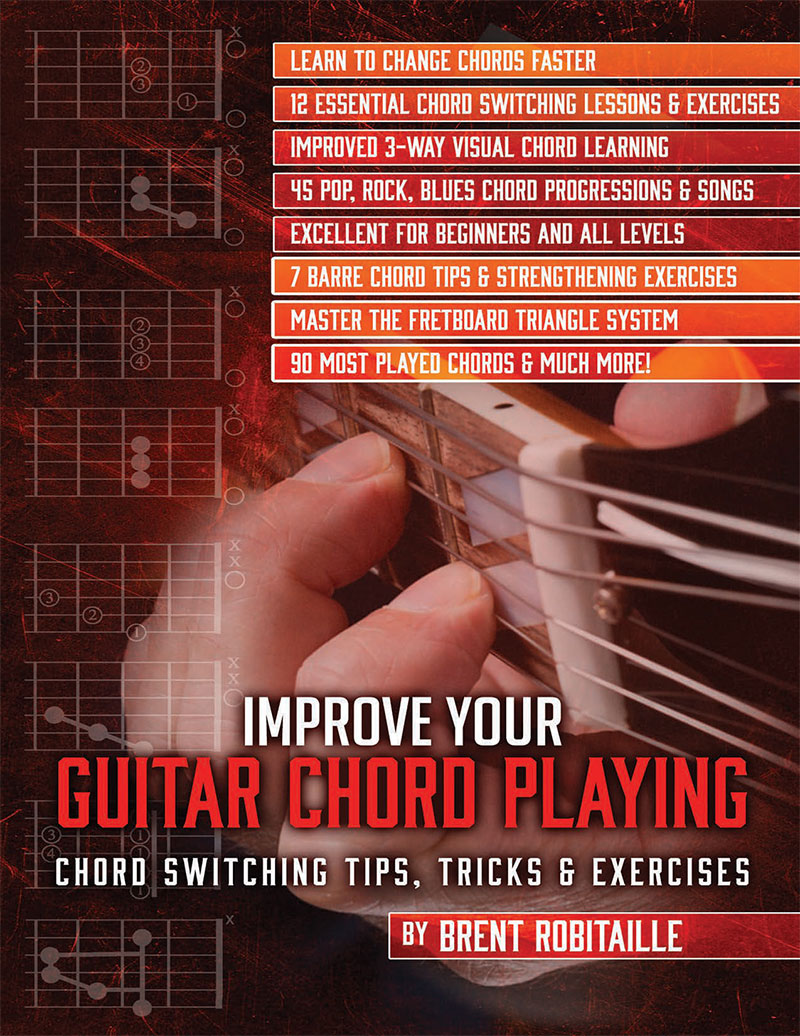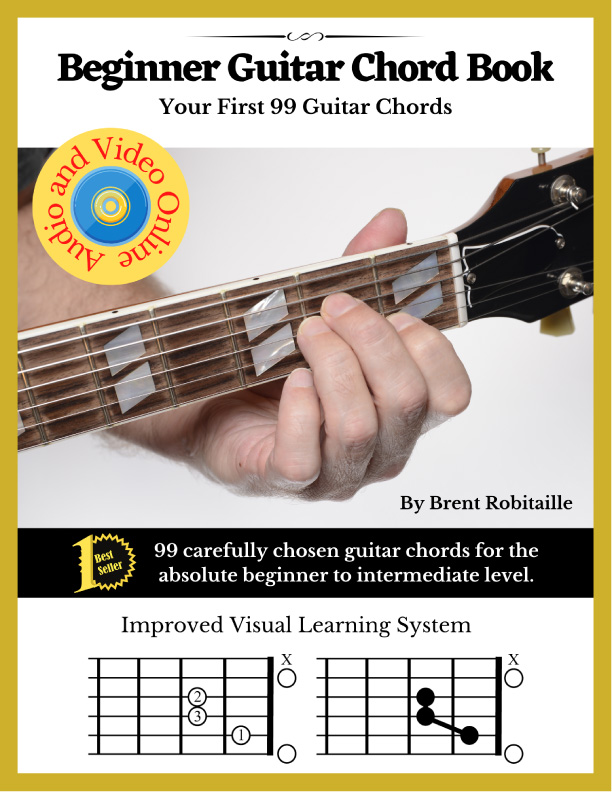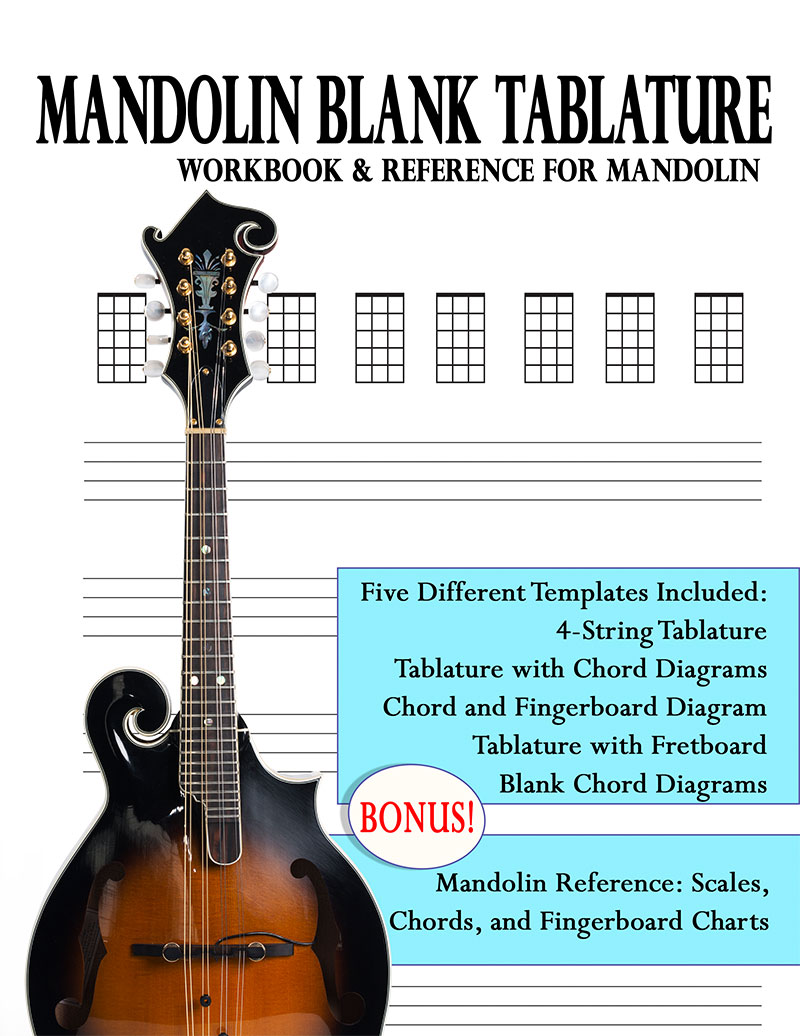What Should I Practice?
Whether you’re a beginner or an experienced musician, mastering any musical instrument is a marathon that requires years of dedication, discipline, and good planning.
A well-organized practice routine, as outlined in this article, is not just a suggestion but a tool that can significantly enhance and expedite your progress. It’s a roadmap to success, providing you with what you “should” work on and offering several practice schedules to suit any time constraint.
One key to success lies in the quality of your practice. A well-focused 10-minute session will generally produce better results than 30 minutes of ‘noodling around’, which refers to aimless playing without a clear goal or structure.
Instead, focus on having clear goals, engaging in slow and accurate practice, and adding variety to your daily routine.
When I was in music school, the teachers often warned us to use our time wisely and follow the 90/10 rule. That is a 90% preparation and 10% perspiration ratio. As it turns out, the “secret” formula for improvement is just common sense: if you want to play better at your next gig, be prepared!
Alright, we have a lot to cover in this lesson, so let’s start with an overview of the traditional music practice categories before we get into specific warmups and techniques. Also, check out the sample practice schedules below.
Music Practice Categories
Traditionally, teachers and students categorise instrument practice routines into the following categories:
- Warmup and Technique
- Repertoire Practice and Memory
- Sight-reading
- Ear training and musicianship
- Music Theory
- Improvisation and Composition
- Special Assignments (History)
- Score Preparation and Interpretation
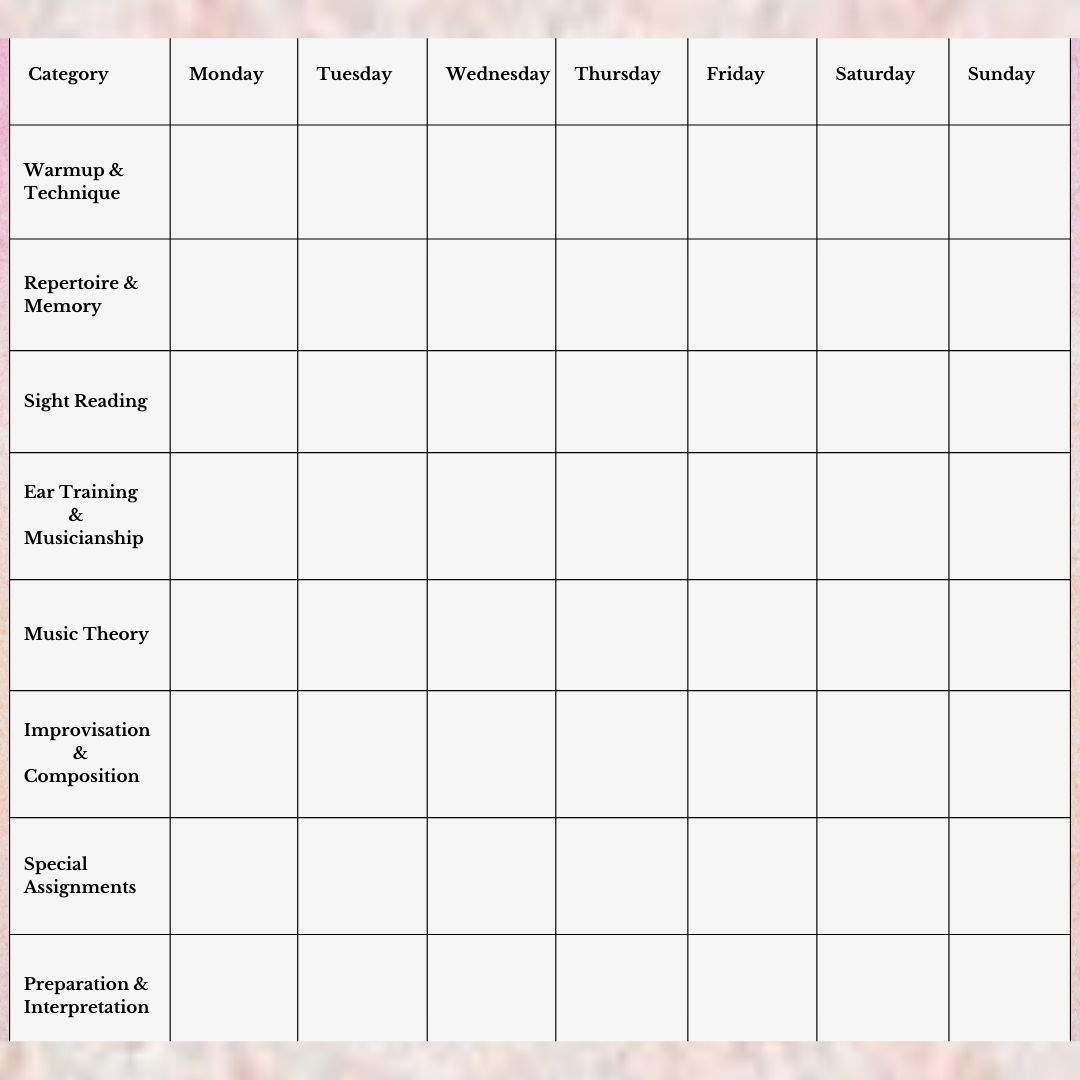
Are you Practicing the Right Stuff?
Of course, music is a vast subject, and any practice routine will always have variations and additions. A word of caution: be careful not to avoid practising your weaknesses and only prepare the material for the next gig. If you are busy doing gigs, the regular practice routine quickly fades as you scramble to get your stuff together for the upcoming gig.
You will improve by following a consistent practice schedule and monitoring your progress. After that, all it takes is persistence and the most elusive concept to understand – patience.
Our first lesson will discuss creating a functional warm-up to develop strong techniques and provide sample practice schedules. We begin with the most important elements for every musician: warm-up and Technique.
However, music is not just about playing the right notes; it’s about conveying emotion and expression. Take time to analyse the musical structure, dynamics, phrasing, and nuances of the pieces you’re working on. So, experiment with different interpretations and styles to develop your musical voice. Record yourself playing and listen critically to evaluate your expression and interpretation, making adjustments as needed.
For more practice tips, check out my other post, ’25 Expert Tips to Learn Your Instrument Faster.’
Step One: Building a Strong Foundation with Warmup and Technique.
A solid warmup and technical routine are the cornerstones of any successful practice session. Correct posture, hand positioning, and technical proficiency are essential for producing consistent, articulate, and high-quality sound.
If you are unsure of what constitutes good technique on your instrument, consider finding a knowledgeable teacher or looking for guidance from recommended books. Here are a few basic technique guidelines to develop:
Top Warmup Technique Tips
- Posture and Body Alignment: Proper posture and alignment are crucial to avoid strain and injury. Positioning your hands, arms, fingers, and body to promote relaxed and efficient movement is harder than you think. What works for one person may not work for your body type. Experiment with your positioning; don’t settle until you figure this out. So many musicians play beyond their ability and learn music with bad fingering, finger pressure, and even the basics of holding your instrument.
- Hand and Finger Positioning: Correct hand and finger positioning allows precise and efficient playing, though each instrument has its own set of physical rules. For example, placing fingers close to the frets helps produce the best tone for fretted instruments. Many beginners tend to put their hands in a comfortable position instead of one that is most efficient for the instrument. It’s difficult to apply technical “rules” as every person is different (finger sizes, arm lengths, etc.), and every piece of music requires different movements. The only advice is to experiment with positioning and placement, keep a loose wrist and an open mind.
- Finger Independence and Agility: Moving each finger independently on both hands leads to more intricate and complex fingerings.

More Warmup Technique Tips
- Articulation and Attack: Controlling how notes start (attack) and end (release) contributes to the clarity and tone of your instrument. Use a variety of articulation in your practice (staccato, legato, tenuto, marcato, etc.). For example, don’t just play scales for fingering and speed; play your scales staccato and then legato.
- Breathing Control (Wind Instruments and Singing): Wind instrumentalists and vocalists must master breath control to produce sustained, even, and expressive notes and phrases.
- Dynamic Range and Expression: Skillfully varying the intensity (dynamics) of your playing adds depth and emotion to the music. A good technique lets you achieve a wide dynamic range while maintaining control.
- Tone Production: Your tone is the most critical element of sounding great instead of just good. I’ve heard of many musicians who often practice one note until they achieve the “perfect” resonant tone.
- Accuracy and Intonation: Precise finger placement and control over pitch (intonation) are other elements to work with your practice routine. Program your fingers to land at the optimal position, and always check your tuning.
- Rhythm: Knowing the time signature, the beat’s subdivisions, and variations in articulating a note are essential to good technique. Use a metronome if you can’t feel the pulse, and regularly practice articulations (staccato, legato, tenuto, marcato, etc.). They say every piece has a perfect tempo, so experiment with different speeds until you have found the best time.
Need help with your Rhythm? Check out my Top 10 Tips for Better Rhythm.
Technique Builders for any Instrument
Here are a few technique builders that will apply to most instruments: interval, trill, and finger matrix exercises. Solid technical ability or “chops” takes time, but there are no shortcuts if you want to be a professional musician. Just remember, techniques and theories are a means to an end – you still have to connect with your emotions and soul to make great music.
Universal Matrix Exercises
The last exercise is often referred to as a “matrix” workout. These exercises are primarily meant for stringed instruments such as guitar, mandolin, ukulele, violin, bass, etc., but they can be done on or away from the instrument. Here, each number represents a finger, and there are 24 possible combinations to move four fingers.
Need a Good Music Practice Schedule?
Sometimes, you only have a few minutes to practice, so here are several sample practice schedules that work with even your most demanding time constraints. From 5 minutes to an hour, these categories and schedules will help you get the most out of your time. Some students prefer working on one or two things per session, but this will give you a basic idea.
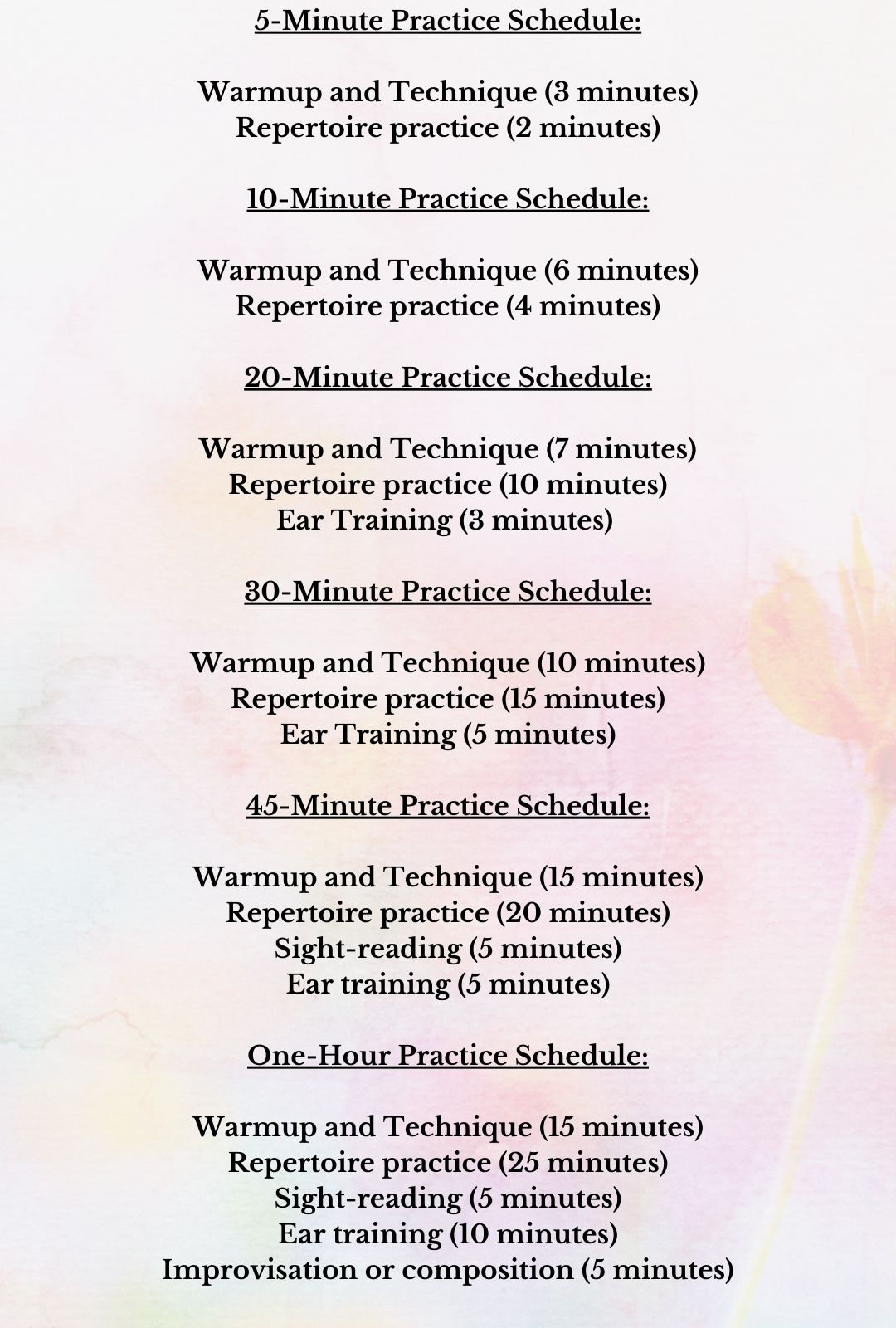
Music Theory help? Check out 10 Music Theory Tips All Musicians Should Know.
A Few More Practice Tips…
You may also consider setting up a productivity app or setting a timer on your phone to remind you when it’s practice time! Some musicians use the Pomodoro method:
Use a timer to set breaks. That is, practice for 25 minutes (a Pomodoro), and set your timer for 5 minutes, and then take a break.” This on/off method gives you a goal to work towards and also should help preserve your physical and mental stamina.
In lesson two, we will discuss why we play music—to play songs and pieces, also known as “repertoire,” followed by another important concept to understand “muscle memory.”
Check back for more music lessons, and leave comments below.
Improve Your Guitar Chord Playing
In Improve Your Guitar Chord Playing – Chord Switching Tips, Tricks & Exercises, you will learn the essential skills required to master the most frequently used chords. Discover valuable lessons and exercises to play faster, precise sounding chords and an improved 3-way visual chord learning system with tests to help remember chords.
Beginner Guitar Chord Book
Learn your first 99 guitar chords quickly using Brent’s visual system tried and tested with thousands of students. Designed for the complete beginner to intermediate level guitar players of any age. The chords you will learn are the most frequently played chords in pop, country, folk, and rock guitar playing.
The Beginner Guitar Chord Book will you get jamming in no time. Check out the accompanying video and audio below.
Blank Tablature Workbook & Reference for Ukulele
The 4-String Blank Tablature Workbook and Reference for Ukulele includes five blank templates: blank tablature (tab) with chord diagrams, 4-string blank tab, blank tab and fingerboard chart, chord diagrams with fingerboard chart, and 4-string chord diagrams. A helpful reference with chords, scales, fingerboard charts for the cigar box guitar also included. 146 pages.
PDF Ebook also available so you can print as many blank tab pages as you like. Add to cart for the PDF or buy from Amazon for the print book.
Mandolin Blank Tablature Workbook and Reference
The 4-String Blank Tablature Workbook and Reference for Mandolin includes five blank templates: blank tablature (tab) with chord diagrams, 4-string blank tab, blank tab and fingerboard chart, chord diagrams with fingerboard chart, and 4-string chord diagrams. A helpful reference with chords, scales, fingerboard charts for the mandolin also included.155pgs.
PDF ebook also available so you can print as many blank tab pages as you like. Add to cart for the PDF or buy from Amazon for the print book.
Blank Guitar Tablature Collection
The 6-String Blank Tablature Workbook and Reference Collection for Guitar include eight blank templates and a useful reference with chords, scales, fingerboard, and more. Multi-Tab Workbook and Reference for Guitar 155pgs.
PDF Ebook also available so you can print as many blank tab pages as you like. Add to cart for the PDF or buy from Amazon for the print book.





